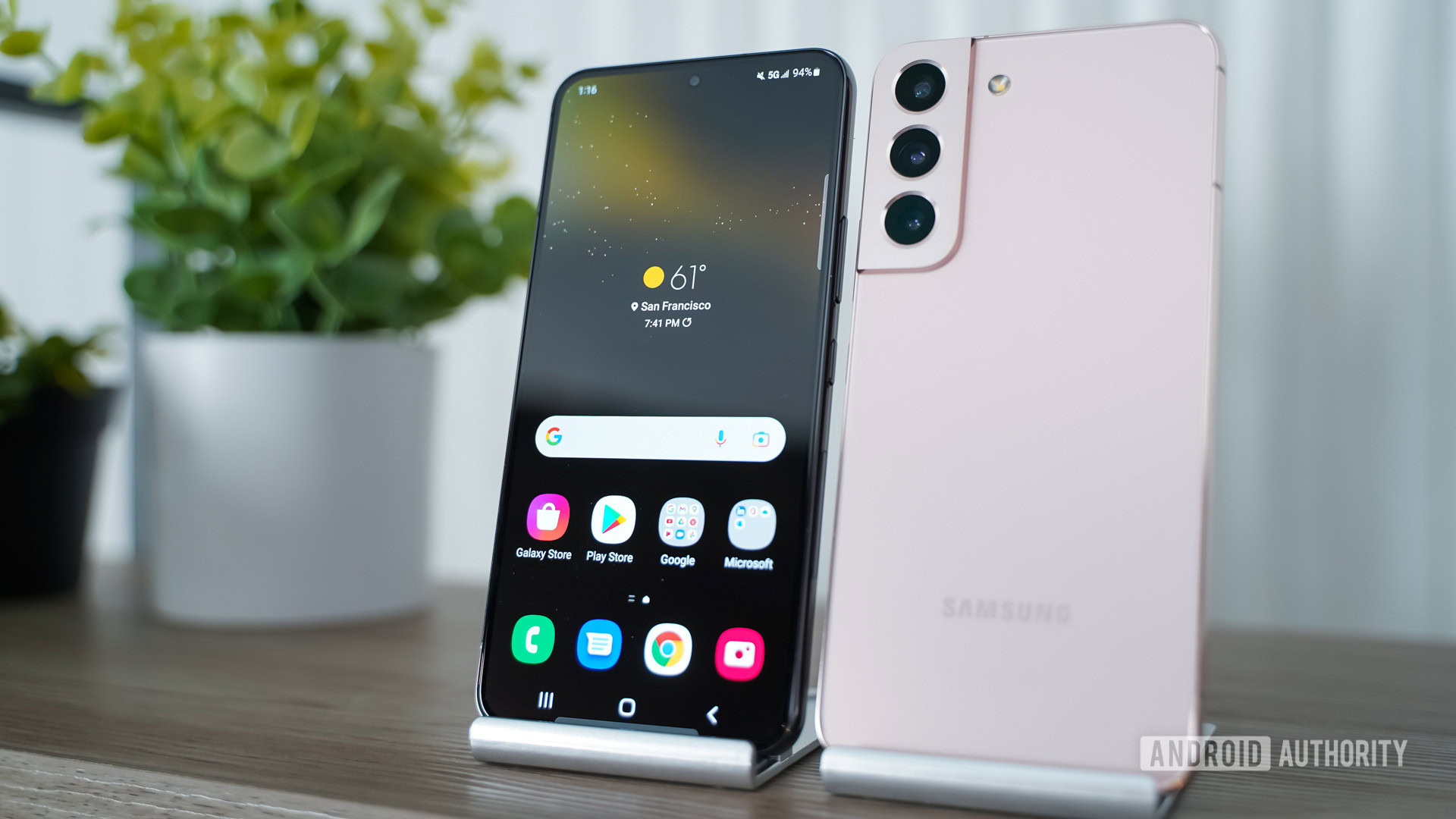Affiliate links on Android Authority may earn us a commission. Learn more.
The Galaxy S22, S22 Plus screens aren't as good as Samsung first claimed (Updated)

- Samsung has updated its Galaxy S22 and S22 Plus display specs.
- It turns out that the phone screens can only drop down to 48Hz.
- The company originally claimed that these screens can drop to 10Hz.
Update: February 15, 2022 (6:58 AM ET): Samsung has reportedly clarified the Galaxy S22 and S22 Plus screen details in a statement to Phone Arena. It turns out that the screens drop down to 48Hz but the processor delivers data to the screen at 10Hz. You can read a thorough explanation here.
Original article: February 14, 2022 (5:47 AM ET): Samsung announced the Galaxy S22 series last week, with all three phones supporting 120Hz refresh rates. At the time, Samsung said the Galaxy S22 Ultra has a screen capable of varying from 1Hz to 120Hz while the S22 and S22 Plus screens vary between 10Hz and 120Hz.
However, the Korean manufacturer has recently (and quietly) updated the Galaxy S22 and S22 Plus specs to note that their screens actually vary between 48Hz and 120Hz. Check out the original excerpt below (L) and the updated one (R).
Many phones offer the ability to dynamically switch between different refresh rates in order to save power, with a lower refresh rate being more efficient. Some devices only offer the ability to switch between the highest refresh rate and the industry-standard 60Hz, but several flagships can go much lower than 60Hz to save even more juice. For example, the Galaxy S22 Ultra is theoretically able to go down to as low as 1Hz when viewing static content such as ebook pages and pictures.
However, the updated S22 and S22 Plus specs show that the lowest supported refresh rate (48Hz) isn’t much lower than the standard 60Hz refresh rate. So we’re not expecting huge battery savings compared to running the display at 60Hz.
This is particularly concerning for the base Galaxy S22, as Samsung has cut the battery capacity by 300mAh to a 3,700mAh capacity that’s quite small for the 5G era. The ability to go down to 10Hz would’ve helped eke out more juice from this battery in theory. We’ll no doubt be looking at endurance when we actually get our hands on the Galaxy S22.